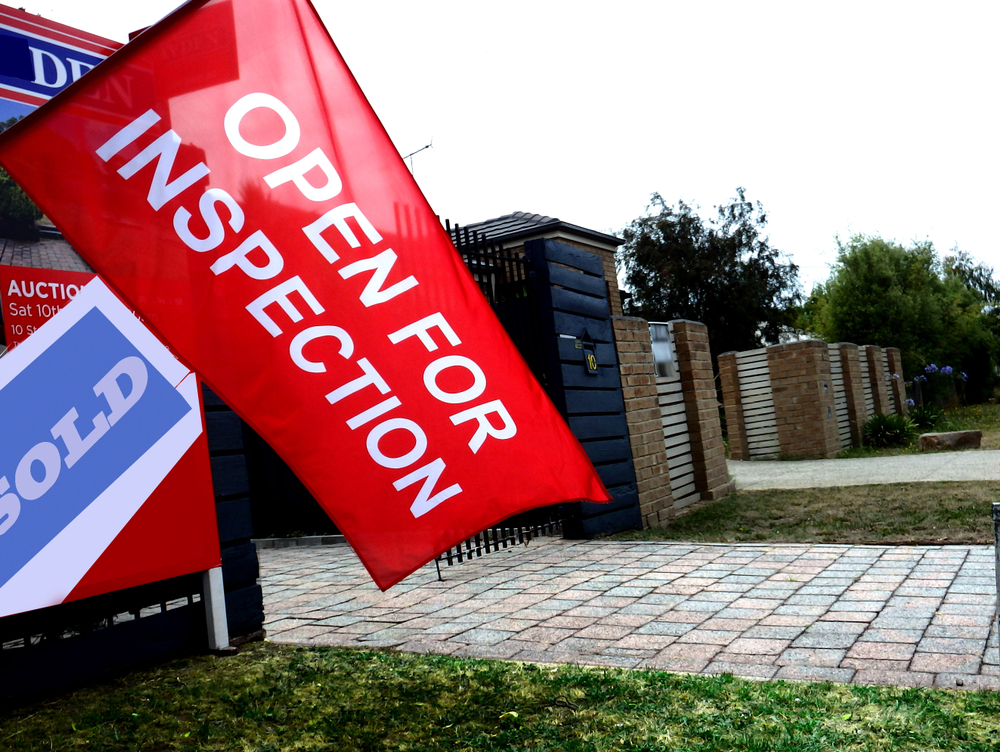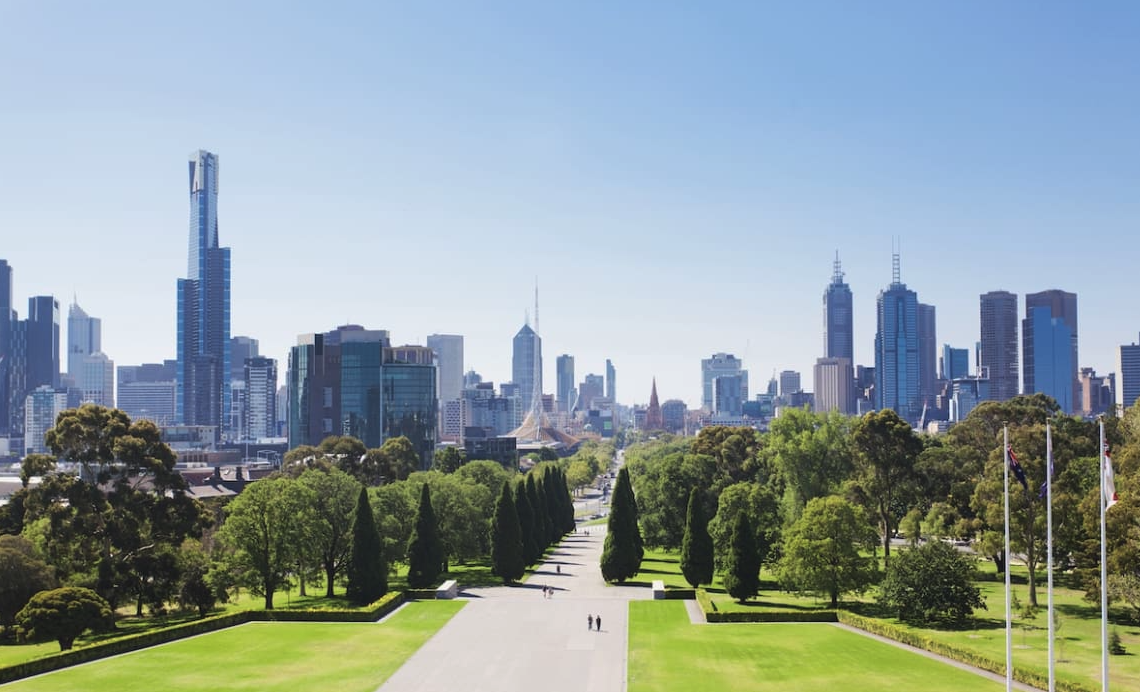Will a cap on international students make housing more affordable?
The Federal Government is proposing a cap of 270,000 students in 2025
The Federal Government is proposing a cap on international students in 2025, with legislation recently put forth to limit enrolments to 270,000. This would comprise 145,000 university students and 95,000 vocational education training (VET) placements. Many people in the tertiary education sector argue that this is an immigration policy designed to curb new arrivals amid a housing crisis.
The Federal Government has been criticised for a record surge in immigration following the pandemic, which has placed additional pressure on the rental market. According to the Australian Bureau of Statistics, 737,000 migrants arrived in Australia in FY23, up from 427,000 in FY22. Among them were 554,000 people on temporary visas, 283,000 of which were international students.
REA economist Anne Flaherty said the post-pandemic surge in overseas students in 2023 and 2024 coincided with building sector constraints that exacerbated the housing undersupply and contributed to rapidly rising rents and record-low vacancy rates over the past two years.
“There is no question that high levels of migration have been a key driver of the rental crisis,” Ms Flaherty said. “Rent growth from surging student numbers can be seen in “student suburbs”. Examples include Clayton, home to Australia’s largest university Monash, which saw unit rents up 20% over the 12 months ending July, and Glebe, near the University of Sydney which saw rents up 17%.”
Ms Flaherty said the new cap in 2025 would have little immediate impact on the market, given the students here now will stay for several more years while they complete their studies.
The Federal Government wants universities to provide more purpose-built student accommodation (PBSA) to free up homes in the strained private rental market. CBRE estimates that only 6 percent of students currently have the opportunity to live on-campus or in PBSA close to their universities.
In a new report on student accommodation, CBRE estimates there are 223,000 overseas students in Sydney and 334,000 in Melbourne. It estimates an unmet demand for 25,000 PBSA beds in the University of Sydney and UTS catchment alone and 15,000 beds in the University of Melbourne and RMIT catchment.
The Student Accommodation Council says there are 7,700 new PBSA beds in the pipeline for 2026 but 84,000 are needed. The council’s executive director, Torie Brown, said governments need to incentivise foreign investors to build more student housing. “Ridiculously high state taxes on international investors who build PBSA continue to be a handbrake on new development,” she said. “International students have been unfairly blamed for the rental crisis … There are more domestic students in rental homes than international – yet no one is suggesting we ban share-houses for local university students.”
A divide has opened in the tech job market between those with artificial-intelligence skills and everyone else.
A 30-metre masterpiece unveiled in Monaco brings Lamborghini’s supercar drama to the high seas, powered by 7,600 horsepower and unmistakable Italian design.
Buyer demand, seller confidence and the First Home Guarantee Scheme are setting up a frantic spring, with activity likely to run through Christmas.
The spring property market is shaping up as the most active in recent memory, according to property experts Two Red Shoes.
Mortgage brokers Rebecca Jarrett-Dalton and Brett Sutton point to a potent mix of pent-up buyer demand, robust seller confidence and the First Home Guarantee Scheme as catalysts for a sustained run.
“We’re seeing an unprecedented level of activity, with high auction numbers already a clear indicator of the market’s trajectory,” said Sutton. “Last week, Sydney saw its second-highest number of auctions for the year. This kind of volume, even before the new First Home Guarantee Scheme (FHGS) changes take effect, signals a powerful market run.”
Rebecca Jarrett-Dalton added a note of caution. “While inquiries are at an all-time high, the big question is whether we will have enough stock to meet this demand. The market is incredibly hot, and this could lead to a highly competitive environment for buyers, with many homes selling for hundreds of thousands above their reserve.”
“With listings not keeping pace with buyer demand, buyers are needing to compromise faster and bid harder.”
Two Red Shoes identifies several spring trends. The First Home Guarantee Scheme is expected to unlock a wave of first-time buyers by enabling eligible purchasers to enter with deposits as low as 5 per cent. The firm notes this supports entry and reduces rent leakage, but it is a demand-side fix that risks pushing prices higher around the relevant caps.
Buyer behaviour is shifting toward flexibility. With competition intense, purchasers are prioritising what they can afford over ideal suburb or land size. Two Red Shoes expects the common first-home target price to rise to between $1 and $1.2 million over the next six months.
Affordable corridors are drawing attention. The team highlights Hawkesbury, Claremont Meadows and growth areas such as Austral, with Glenbrook in the Lower Blue Mountains posting standout results. Preliminary Sydney auction clearance rates are holding above 70 per cent despite increased listings, underscoring the depth of demand.
The heat is not without friction. Reports of gazumping have risen, including instances where contract statements were withheld while agents continued to receive offers, reflecting the pressure on buyers in fast-moving campaigns.
Rates are steady, yet some banks are quietly trimming variable and fixed products. Many borrowers are maintaining higher repayments to accelerate principal reduction. “We’re also seeing a strong trend in rent-vesting, where owner-occupiers are investing in a property with the eventual goal of moving into it,” said Jarrett-Dalton.
“This is a smart strategy for safeguarding one’s future in this competitive market, where all signs point to an exceptionally busy and action-packed season.”
Two Red Shoes expects momentum to carry through the holiday period and into the new year, with competition remaining elevated while stock lags demand.
A divide has opened in the tech job market between those with artificial-intelligence skills and everyone else.
On October 2, acclaimed chef Dan Arnold will host an exclusive evening, unveiling a Michelin-inspired menu in a rare masterclass of food, storytelling and flavour.


















